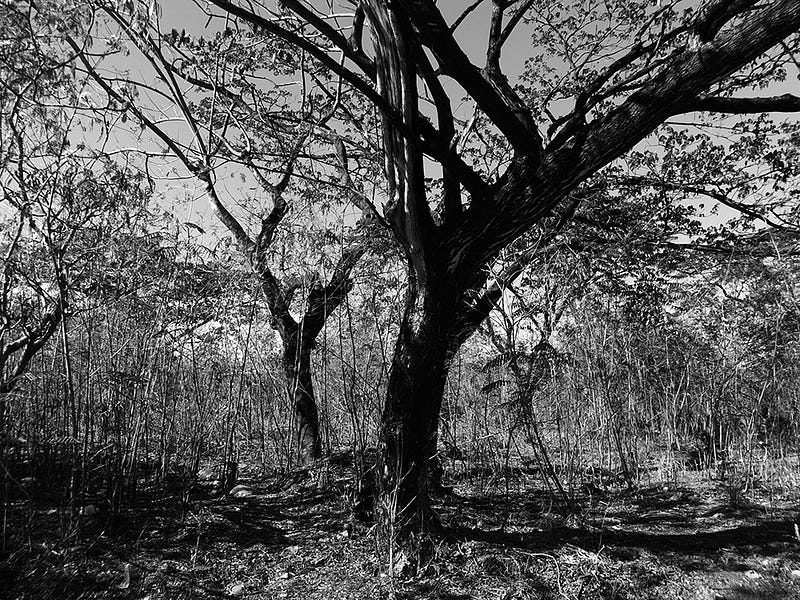A Parallel Planets piece by Rachel Minn Lee
Early last year, in a bid to improve my nonexistent pool of fellow photographer hobbyists I know locally, I started to connect with more analogue photography enthusiasts.
I first connected with Ver Astro, also known as Chuan, online after seeing some of his consistently interesting street shots of Singapore. Some with a little tinge of the morbid, focusing on the silent, inner surfaces. Layers of grime and temporary residents of street corners inhabit his spaces, be it a napping dog in the filth, or a discarded mannequin thrown into a canal, the shot appearing infused with undertones of having just walked into a gruesome murder scene..jpg) |
| film portrait of Ver Astro by Rachel Minn Lee (uncropped) |
Chuan has composed a remarkable collection of street snaps mostly done on a large format camera, obviously enjoying the process of recording the street and having it printed on paper in the darkroom. He takes the journey one step further by making himself part of the end process. Spending hours in the darkroom, traditional darkroom printing, also remembered as the grandfather of ‘dodge and burn’ of what we know in a digital photoshopping technique.
He started with a little point and shoot camera, as he remembers fondly, a little Yashica thing, on his treks into Malaysia, being more serious about climbing mountains than capturing them. Having ventured earlier into digital photography, in recent years he went back to film and the traditional darkroom printing process: done solely in black and white.
Curious, I asked him to tell me about what shapes the way he photographs, having been on a few photo walks together, both of us enjoying being in the daylight hours, hoping to capture some elements of the Singapore streets. He shared with me that he enjoys shooting purely what is pleasing to his mind - bearing a connection to contrasty shapes and lines, and shadows and highlights. He follows only the very basic of photography rules to achieve this.
Lately, he has a personal quest, this is something formidable to the rest of us to envision, much less execute. He has the aspiration to make an intimate collection of 200 wet prints from his own street photographs. He notes that it is a dying art to keep darkroom printing going, perhaps mainly because this process can be very tedious. In a day being in the darkroom, he could produce 8 to 10 A3 sized photographs - if it was a productive day. The number of the final, total size of the collection may increase over the years and he does not doubt that it could be a lifelong project in the end. Be it in the area of finances or health related concerns, he will continue to print until he is unable to do so.
It was Chuan who introduced me to the group of Singapore-based photographers who still participate in wet printing. Every couple of months, they meet with the aim of doing a print exchange, allowing other fellow photographic printers to collect each others’ works and creating a hobbyist platform to learn from each other, as, he says, that everyone works a little differently in the dark.
He mentions that he is not really sure of a specific feeling when he looks at his own wet prints, but when the print is still ‘fresh’, wet off the process, there really is a wow factor to it, seeing the tones. The black and the white. The grains - he rates his films at a very high ISO, to achieve a grainy effect when printed on paper as he loves this effect, to him they look like black sand constructing an image. Once it is dry and put away, he does not really have a special attachment to any of his images, peering at them from time to time, on rare occasions. He just enjoys the process and believes that he is not obsessed with photography despite it having taken up quite a lot of time. Most of his works are in direct prints.
More from Ver Astro: Instagram

























0 comments:
Post a Comment